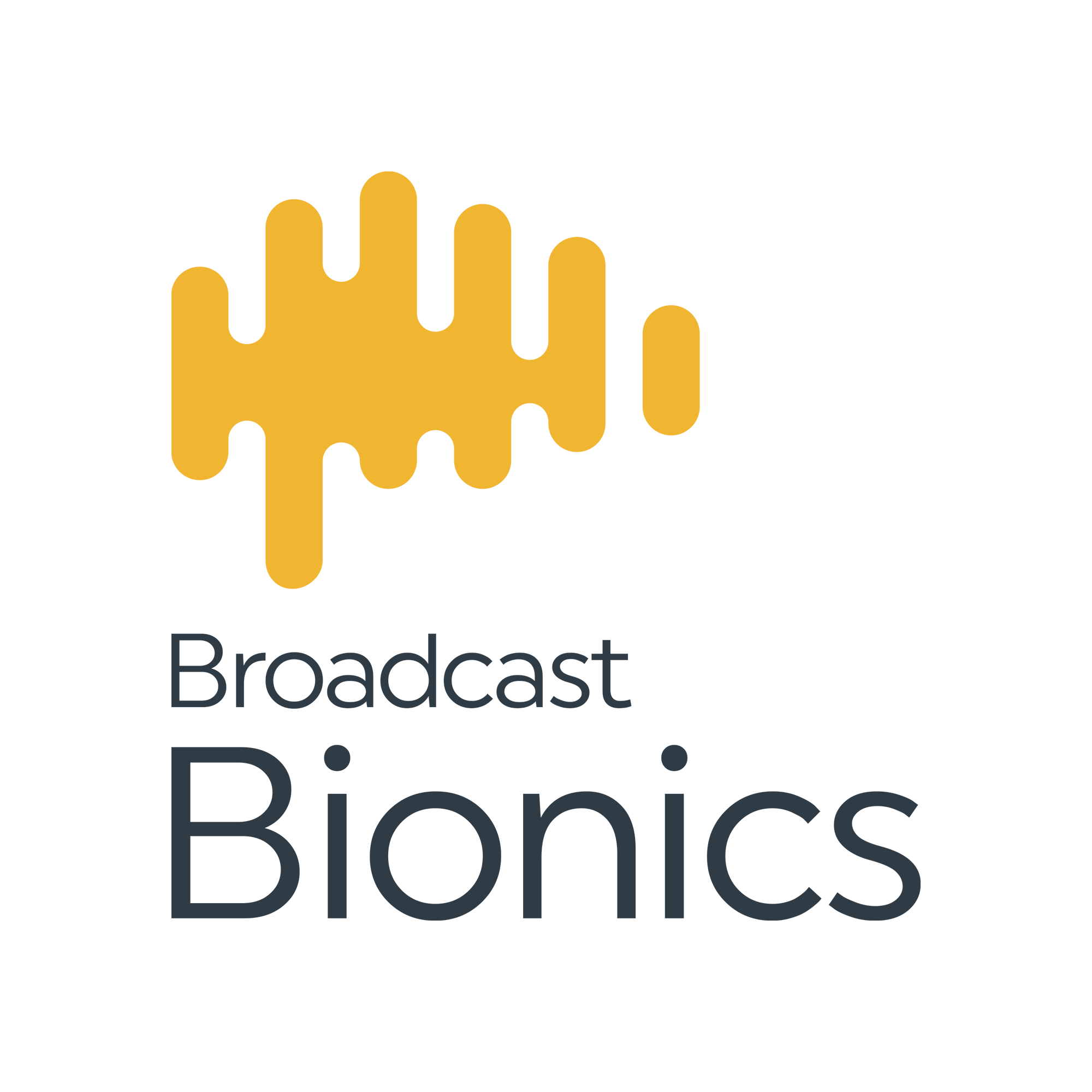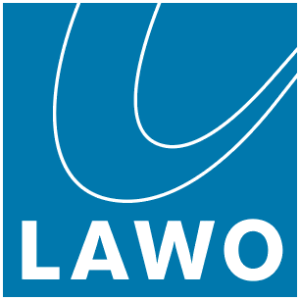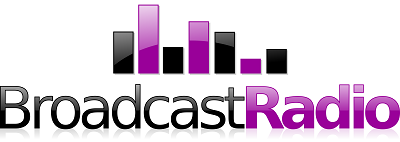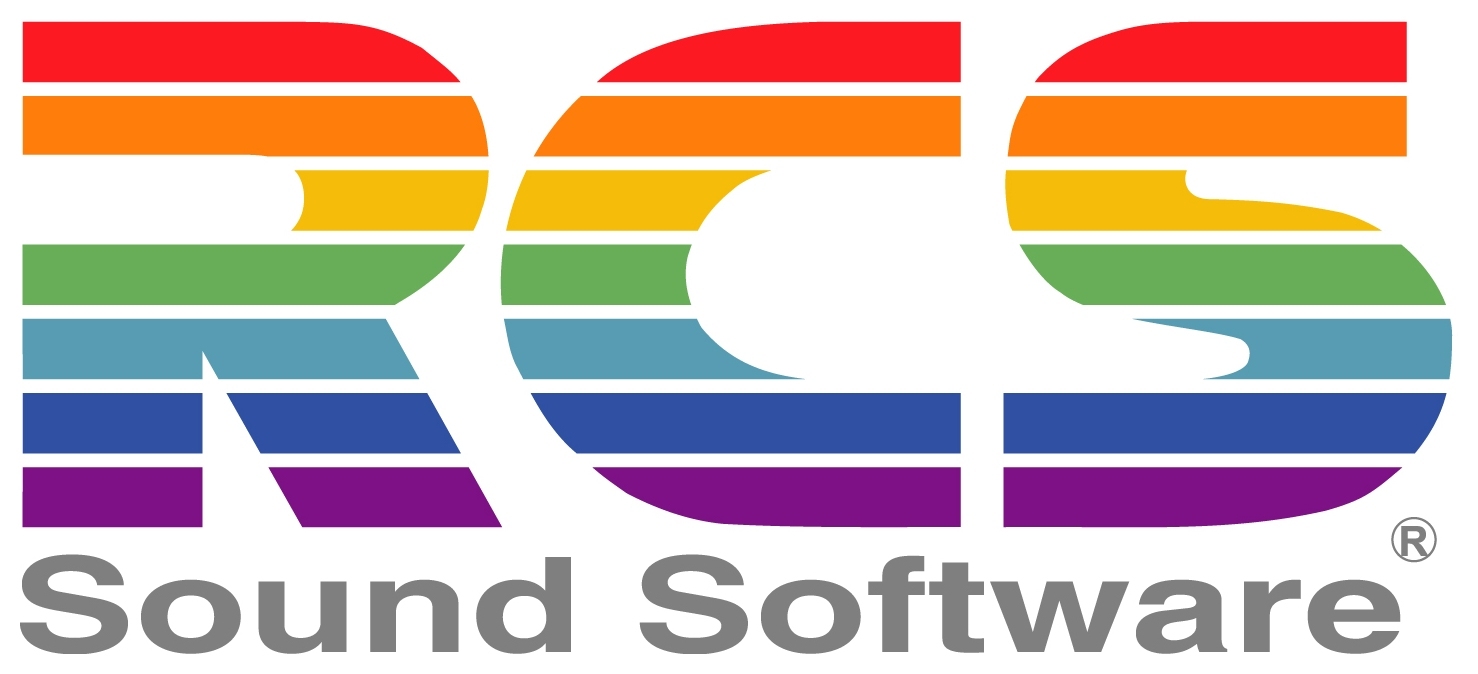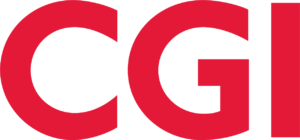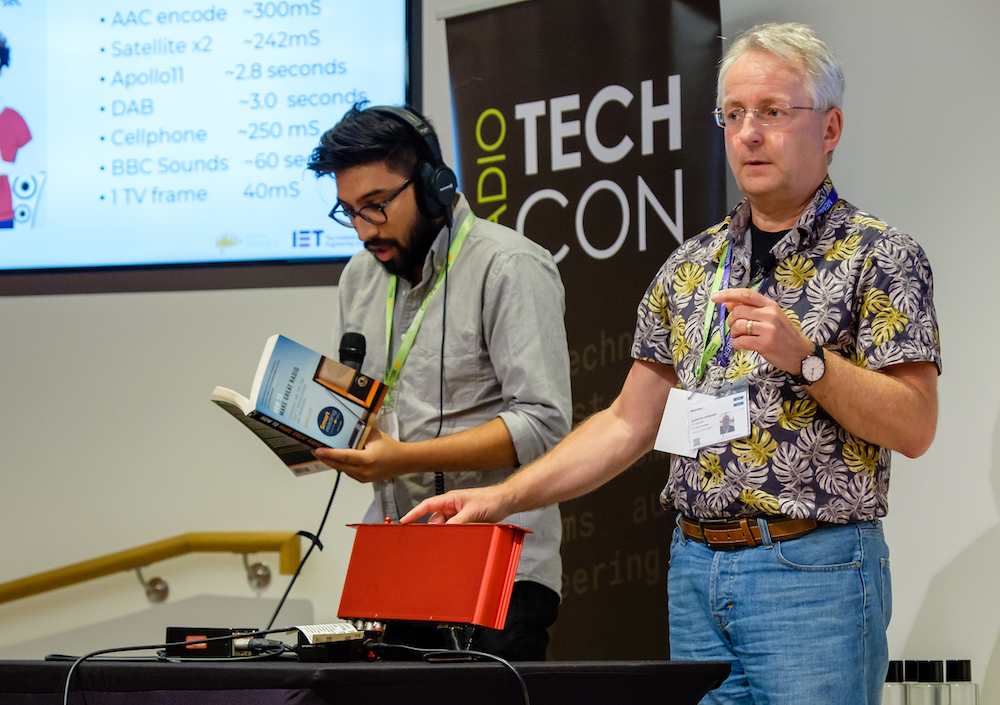
Credit: Rupert Brun
From Radio TechCon’s Radio Technology Masterclass, we bring you a virtual ‘Introduction to Broadcast Engineering’.
On this page, we share the highlights of our Radio Technology Masterclass day, with videos that explain how to build a radio studio, what equipment you need, how Central Technical Areas work, the basics of transmission, internet broadcasting and coding for audio, and where the radio technology industry is going and how you can be part of it.
If you are new to broadcast engineering and radio technology, then start with the first video and work your way through the transmission chain for an overview of how to go from studio to transmitter and beyond.
Alternatively, if you are already familiar with one part of the broadcast chain, then dip in to the video that covers the parts of broadcast engineering and technology with which you are less familiar.
These videos were recorded at Radio TechCon’s Radio Technology Masterclass, which took place at IET London: Savoy Place in July 2019.
Many thanks to the IET and Broadcast Bionics for sponsoring the event, along with our volunteer speakers and organisers representing the BBC, Global, Bauer, Ofcom, Arqiva, togglebit, Brun Audio Consulting, Ann Charles Media, Clockhouse Media, and many others.
The day included a mixture of lectures and practical workshops. Here are the highlights:
Introduction to Broadcast Engineering – the transmission chain
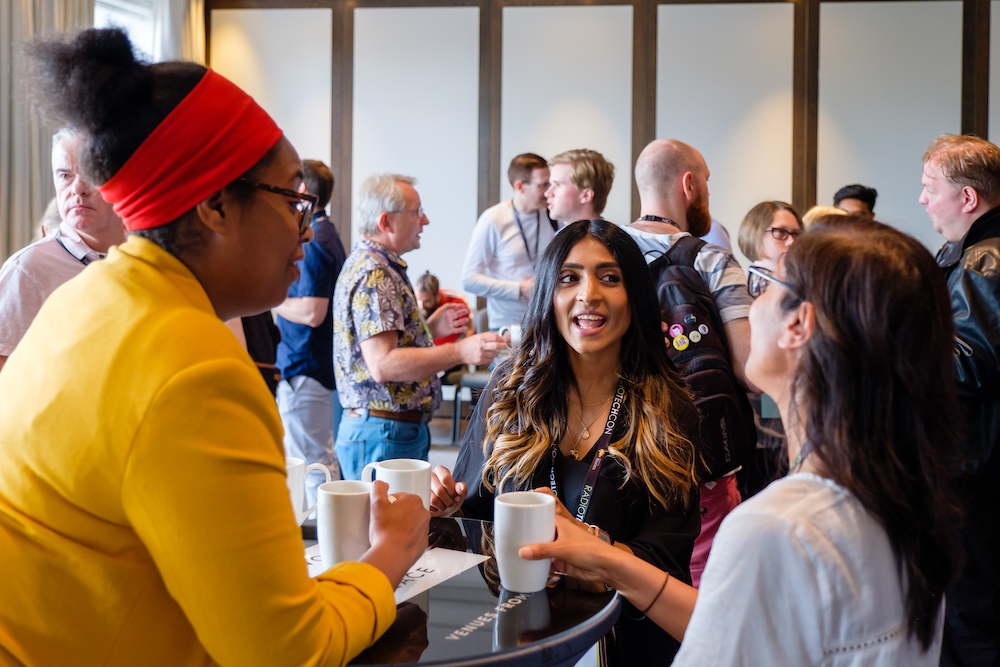
Credit: Rupert Brun
If you want to understand how radio works, you need to imagine a chain of sound, which starts with someone’s voice or a piece of music being played in a studio. This sound is converted into a signal which is then sent through the studio equipment, is mixed together with other noises (‘sources’), and then sent to a Central Transmission Area (CTA). From here, the signal from a selected studio is sent to the transmitters, where it is sent around the local city, region or country. It might even be beamed up to a satellite and sent all over the world!
As well as sending the signal to the traditional, ‘linear’ transmission network, stations also need to send feeds to the internet as well as create other ways to listen and catch up with content, such as via a station website, smart speaker skill, or app.
Broadcast engineers are the people who work to make this ‘signal flow’ or ‘transmission chain’ work. They may work across all areas from studio to transmitter, or specialise in one or more sections of the chain itself.
Radio Tx Chain and PlayoutCredit: Rupert Brun, Brun Audio Consulting Ltd.
In the UK, broadcast engineers tend to be more on the station/studio side, or the transmission side. In other countries, engineers are expected to look after equipment across the whole chain.
Wherever you are based, and however you specialise, it’s a good idea to understand the basics of what is happening to the signal, even if it’s not your job to look after it!
We are totally biased, but we think being a broadcast engineer is the best job in the world – and we hope this page is useful for helping you to get started.
Building a studio
Most radio stations will need a radio studio – or two, or three, or 50…
But how do you build one to make sure the noise from the outside world is kept out, but enough oxygen is left inside for the presenters so they don’t die?
Dave Walters (BBC), Simon Price (Global) and Stephen Clarke (Global / SRA) have all built lots of studios in their time. In this talk, they introduce the basics of what you need to consider.
Building a Studio session – Transcript
Studio equipment
Once you have built a studio, what kind of kit do you need?
Ann Charles (Ann Charles Media) and Mark Farrington (Bauer) explain the pros and cons of different types of equipment, including microphones, headphones, speakers, sound/mixing desks and playout/automation systems, as well as studio visualisation and cameras.
The key point is to think about context – what works for another radio station may not be the right choice for you!
Studio Equipment session – Transcript
Central Technical Areas (CTAs)
A radio station usually has more than one studio – as well as a range of audio sources which are based outside the studio (for example, a connection to the local sports stadium for football commentary, or a satellite link to a news correspondent on the other side of the world).
How do you manage the sources coming in and out of your station? And how do you send the signal from the right studio to the transmission network?
That’s where a Central Technical Area (CTA) comes in.
Charlotte Simon (BBC) and Quentin Howard (Freelance) are both experienced in managing CTAs. They explain what you need to think about when routing sources, and how to make sure your expensive server and racks room equipment is well-cared for (and hidden from presenters who might break it!)
Central Technical Areas session – Transcript
Transmission
You have made your radio programme. You have sent the signal correctly around your building. But how do listeners hear it? That’s where your transmitters come in!
Martin James (Freelance), David Thorpe (Ofcom) and Richard Johnston (Arqiva) know a lot about transmission. They explain how the signal is sent, and what you need to think about when deciding what transmitters to use – including how not to kill your listeners and staff.
Transmission session – Transcript
The Internet and Coding
Radio is not just about live signals any more. It’s a multiplatform extravaganza, and you need to be where your audience is most likely to listen.
In this session, Adam Bowie (BBC) explains your options for streaming on the internet, and Andy Buckingham (togglebit Ltd) gives a whistle-stop overview of the ways that coding + audio can be combined to make apps, websites, smart speaker skills – and anything else your imagination can dream up!
The Internet and Coding session – Transcript
The World According To Dave
Why is broadcast engineering the best job in the world? What can you do if you want to learn more? In this keynote, Dave Walters (BBC) shares his passion for radio.
Further sources of information and training
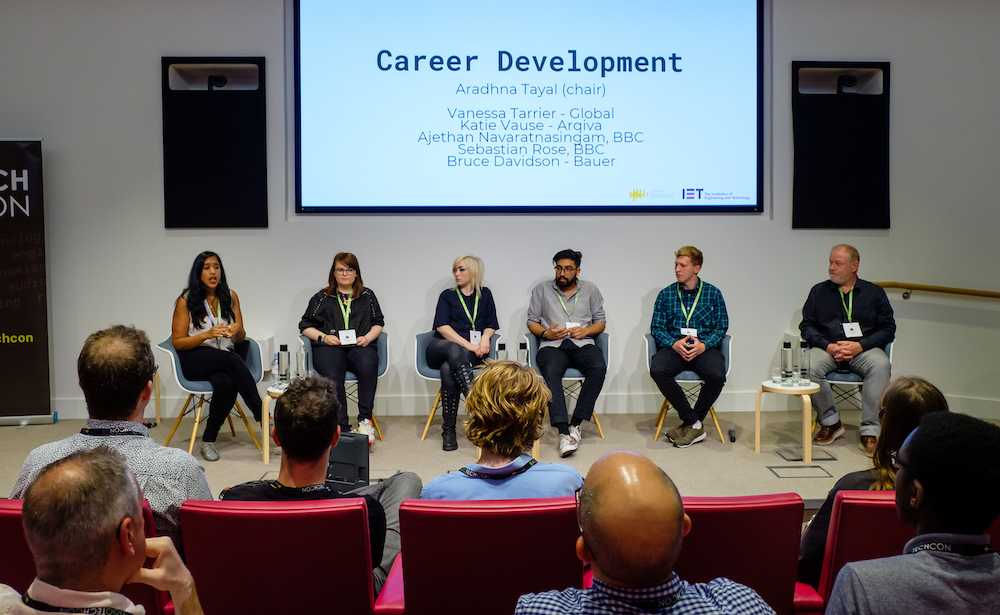
Credit: Rupert Brun
If you would like to learn more about broadcast engineering with a radio/audio focus, here are some places that can help further your training and career.
(This list is not exhaustive!)
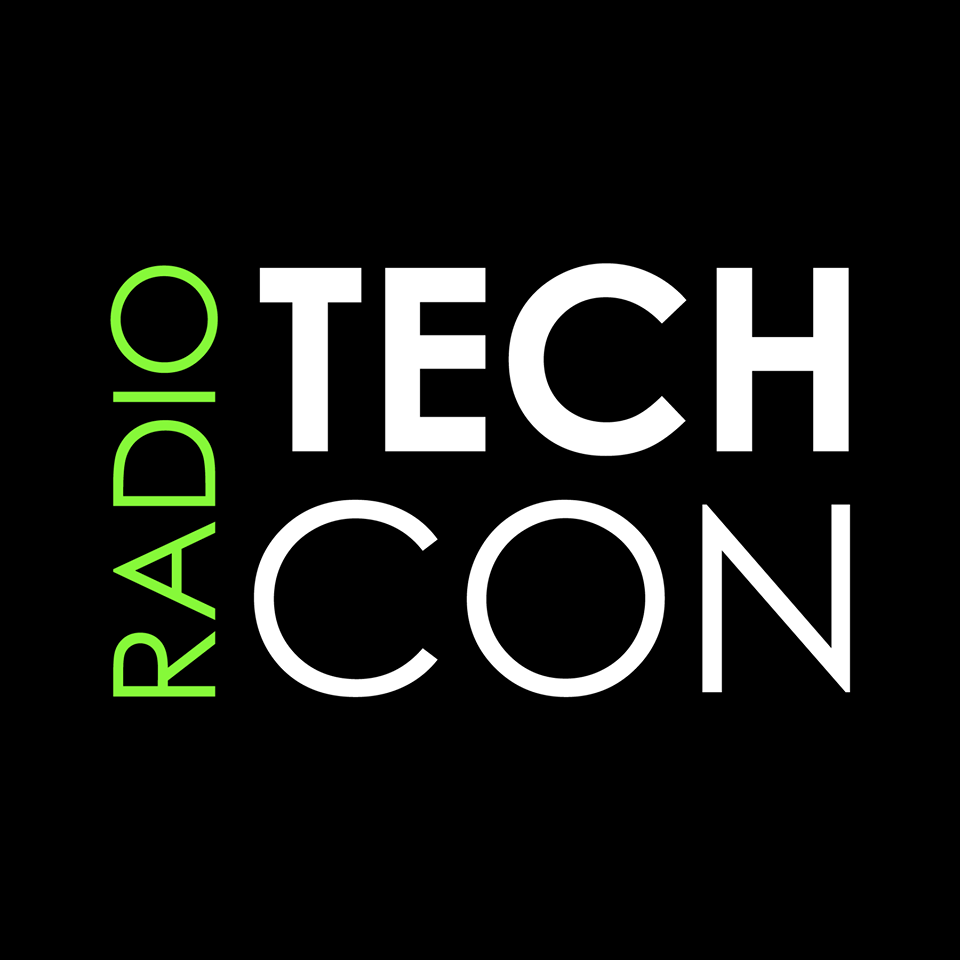 Radio TechCon is the UK radio/audio industry’s technical and engineering event. It happens in London in November each year. It’s aimed at industry professionals, but beginners are welcome – and there are usually bursary schemes to encourage people who are new to the industry or facing a barrier to attend the event. Sign up for updates to be the first to hear when tickets go on sale.
Radio TechCon is the UK radio/audio industry’s technical and engineering event. It happens in London in November each year. It’s aimed at industry professionals, but beginners are welcome – and there are usually bursary schemes to encourage people who are new to the industry or facing a barrier to attend the event. Sign up for updates to be the first to hear when tickets go on sale.
-
Industry organisations
The IET is a membership organisation which provides support and further learning for people who work (or want to) in engineering and technical roles. The Multimedia Network is a group within the organisation which is for people who work in media / broadcast technology careers.
AES – Audio Engineering Society, with worldwide events.
The Radio Academy – the UK radio industry’s professional membership body.
AudioUK – trade association for independent radio and audio production companies.
-
Books
How To Build A Radio Station was written by Dave Walters in 2006. Although some sections are a bit out of date, it still provides a useful overview of the basics.
-
Apprenticeships and degrees
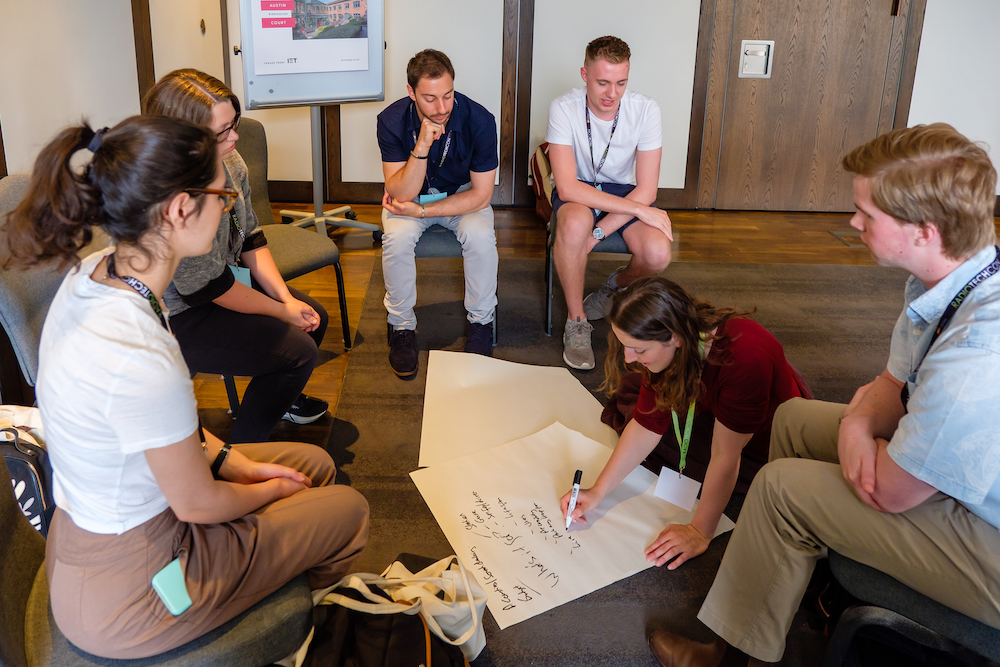
Credit: Rupert Brun
The BBC, Ofcom and Arqiva all offer paid apprenticeship schemes, which allow you to study for qualifications (including under/postgraduate degrees) alongside paid work placements.
BBC – Check out BBC Get In for all information about jobs, paid 16+ and 18+ training schemes and work experience – bbc.co.uk/getin
Arqiva – engineering training programmes – www.arqiva.com/work-with-us/future-talent/apprentice-programme.html
Ofcom – technical apprenticeships – www.ofcom.org.uk/about-ofcom/jobs/graduates-apprenticeships-internships
Many universities offer courses that cover Broadcast Engineering, or related topics such as electronics and electrical engineering. Go to digital.ucas.com and search for ‘broadcast engineering’.
Have a look at Bauer Academy and Global Academy for other opportunities to train and work in radio.
-
Voluntary Radio / audio / work experience
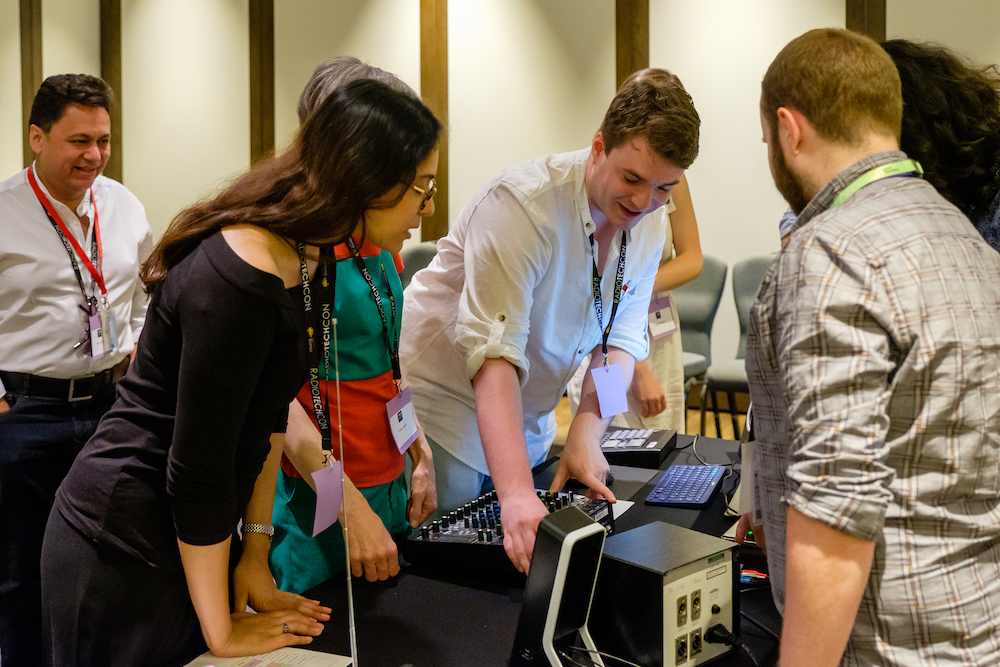
Credit: Rupert Brun
Community Radio stations are always in need of volunteers to help keep them on air. Volunteering is a great way to gain hands-on experience.
The SRA (Student Radio Association) supports stations run by universities – another brilliant way to get hands-on experience while studying.
The Hospital Broadcasting Association can help put you in touch with your local hospital radio station.
Talking Newspapers are another way of learning about some of the technology of sound.
And don’t forget related skills, such as learning how to use a sound desk at your local theatre company, or participating in problem-solving activities like escape rooms – a love of sound, ability to solve problems and an inquiring mind are all very useful things to have in a broadcast engineering career!
This list is does not cover every possible way you might start a career in radio technology, but we hope it gives you a good start.
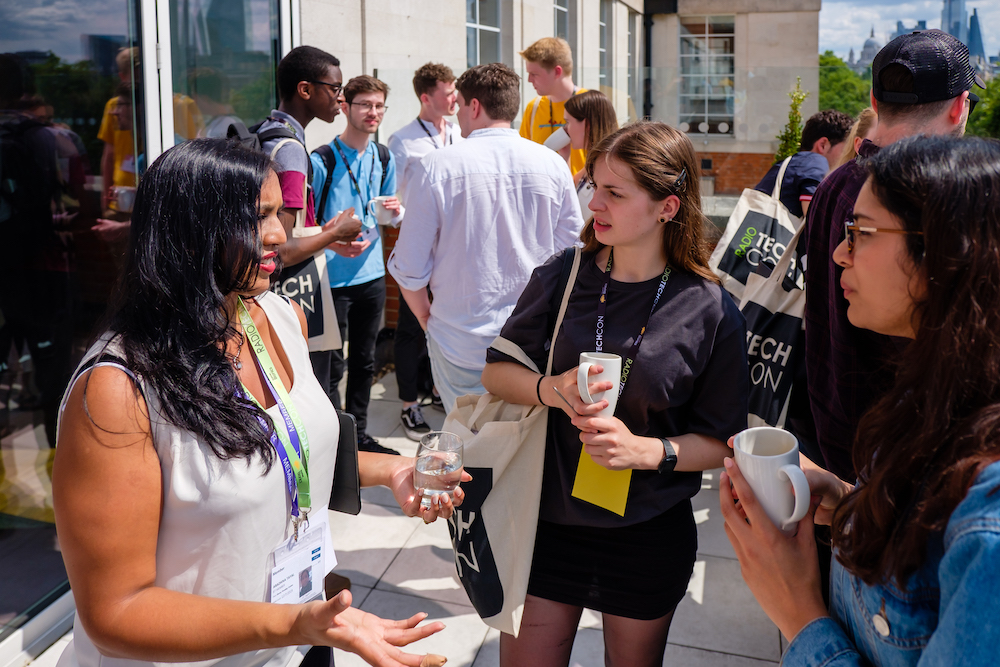
Credit: Rupert Brun
Good luck, and welcome to broadcast engineering!
Keep in touch: add your name to the Radio TechCon newsletter to be the first to know about our broadcast engineering events and bursary schemes.



